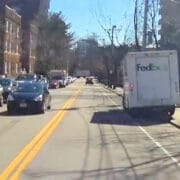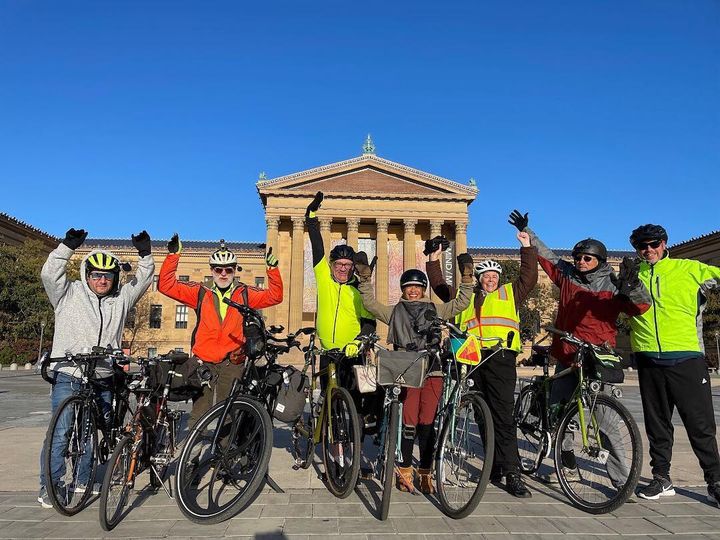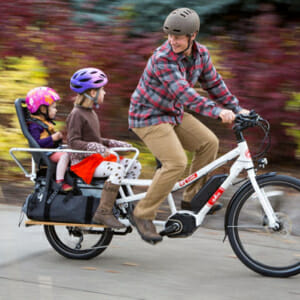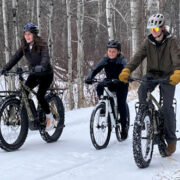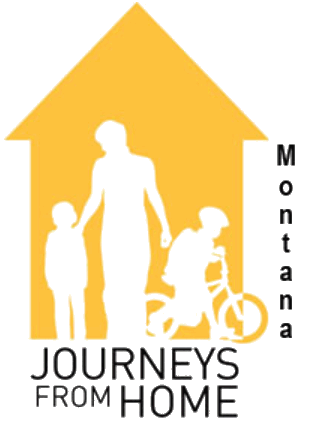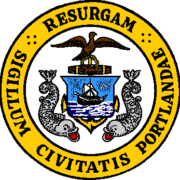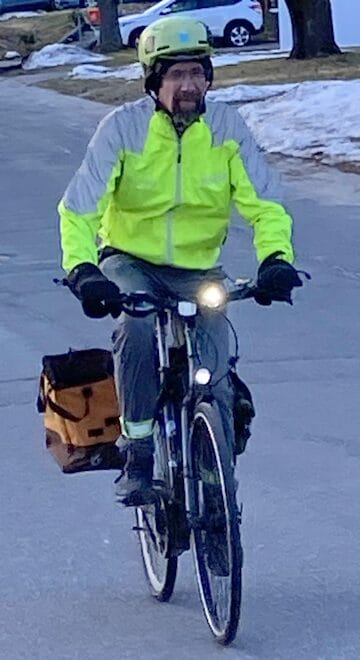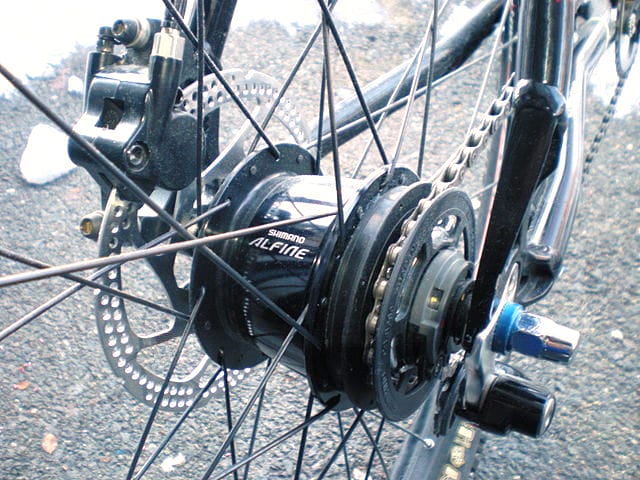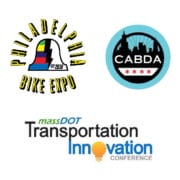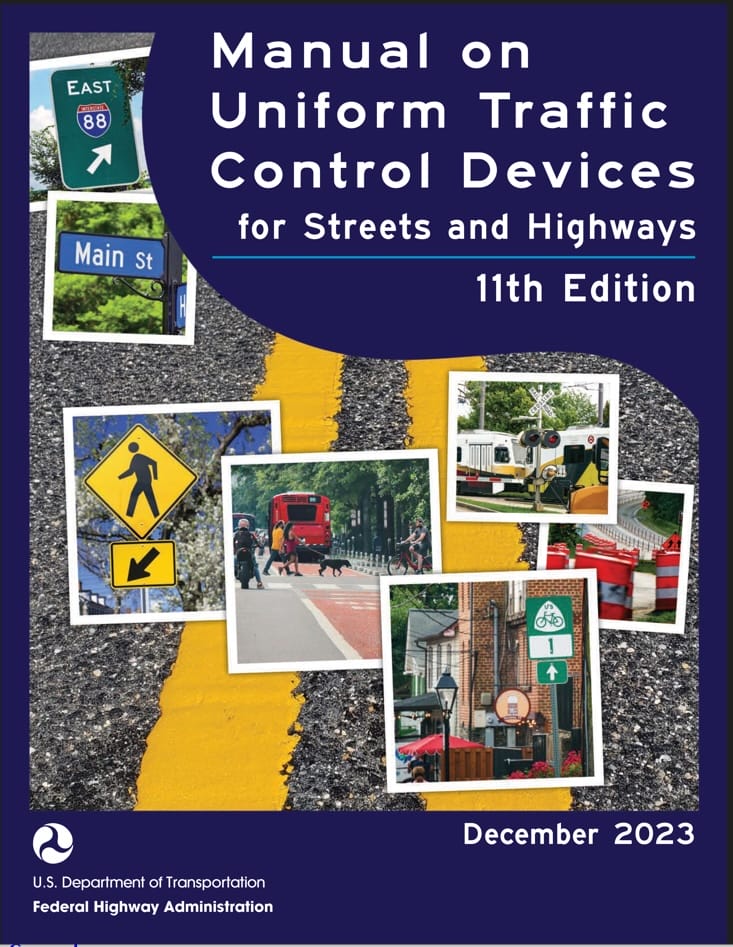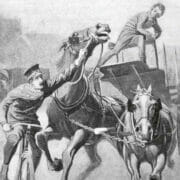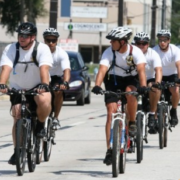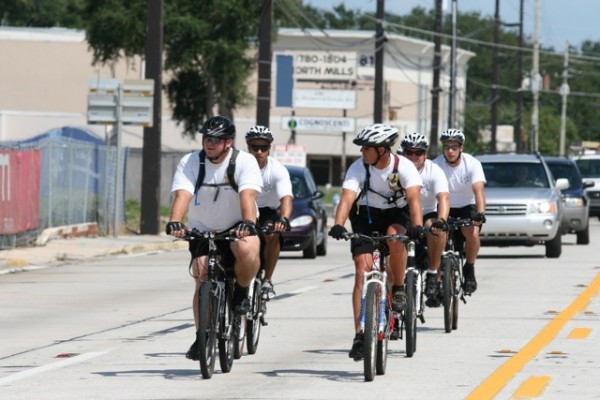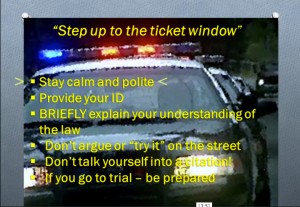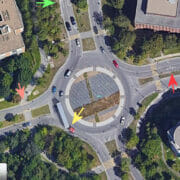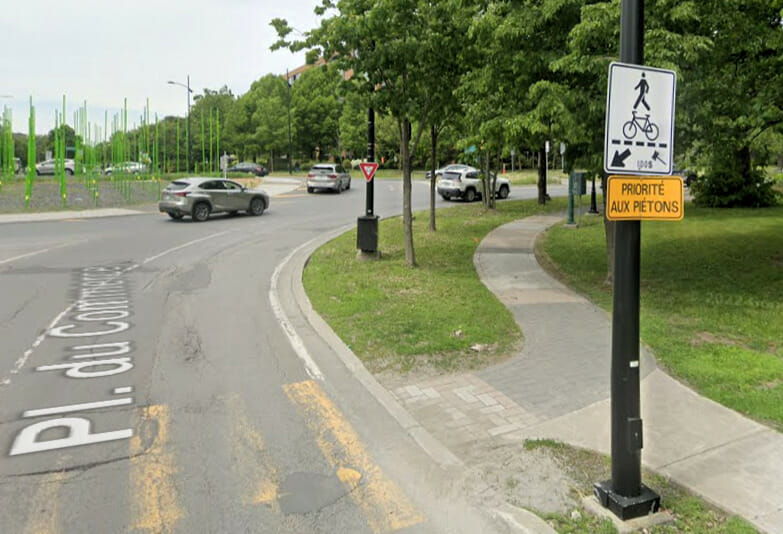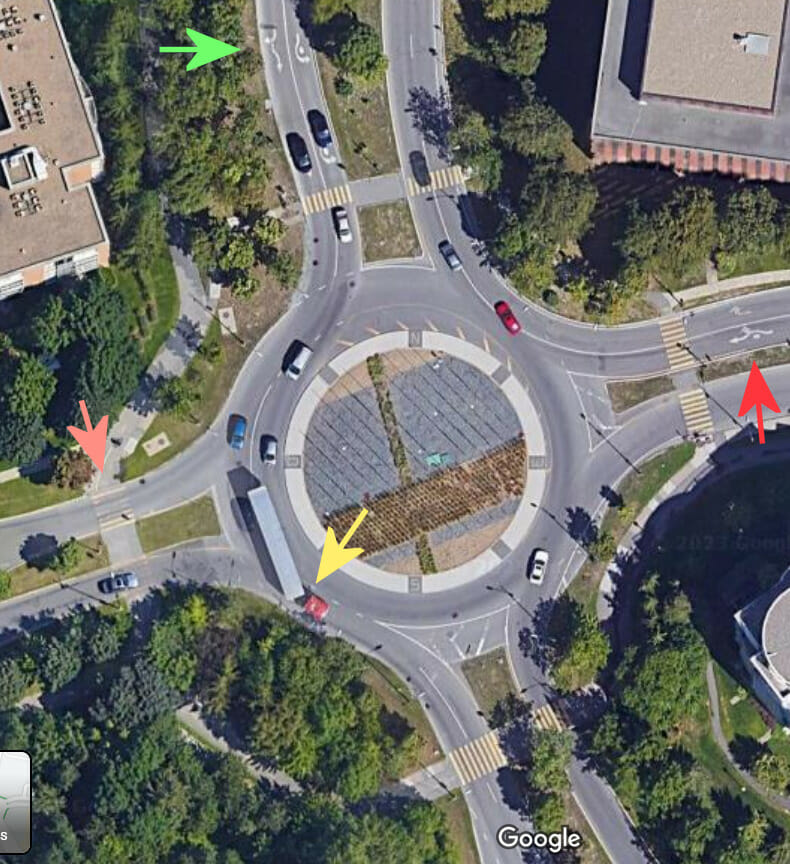In and out of the bike lane on a two-lane street
This post centers on video that I shot as I took a ride on Longwood Avenue in Brookline, Massachusetts, USA, from Coolidge Corner to the Riverway. Several vehicles caught up with me. I got to demonstrate how I rode in and out of a bike lane to avoid hazards and allowed the vehicles to pass when safe. I rode from west to east on the map below.
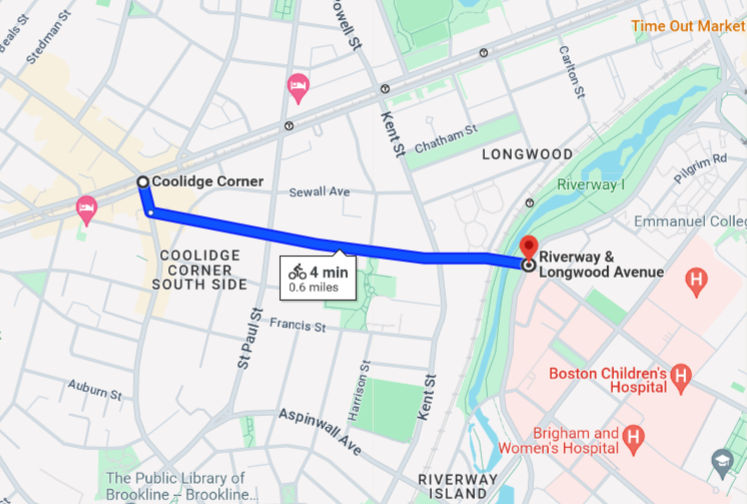
I rode in mid-morning when traffic was rather light. Nonetheless, this street posed challenges.
I shot the video in 2017, and nothing about Longwood Avenue has changed since. As you can see, a bike lane was striped on only on the side where I was riding, so parking could remain on the other. The shared-lane markings on the other side are correctly placed outside the door zone, but…
Questions
But… I’m moved to ask questions as I ride here:
- Is it good to have a bike lane on one side of a two-way street?.
- Perhaps the side with the parking should have the greater travel width, to encourage motorists to pass cyclists who ride outside the door zone?
- Is on-street parking a sacred right? It might as well be, leading the awkward political compromise here..
I’ll admit, I often have such thoughts while riding. Streets can be strange. But that can’t be the main focus of my attention while riding, or of this article.
I focus on the situation as it is, starting with that FedEx delivery truck. It is blocking the bike lane and part of the sidewalk, to keep the travel lane open. So, where do I need to go?
I have seen bicycling advocates suggest that delivery vehicles stop in the travel lane, and motor traffic could change lanes. Bicyclists could ride right through in the bike lane. That feels like a political victory, I suppose. It wouldn’t work well for motorists on this two-lane street. Or for bicyclists, who would have to slow way down and be prepared for someone walking round the front of the truck, or a motorist crossing from left to right into a driveway. Whoops, I’m getting back into an advocacy discussion.
In and out of the bike lane
Whether on a multi-lane street or this one, bicyclists are going to have to change lanes to keep going at normal speed.
So, let’s look at how I apply CyclingSavvy control-and release-strategy to this situation. Before merging out, I need to allow enough distance and time to negotiate with traffic coming from behind. I prepare to merge out early: I scan, signal, and verify that a following driver has let move into line. I give a friendly wave to the following driver when I have passed the obstruction and it is safe to pass.
In the video, the forward-facing helmet camera points in the same direction as my head but my eyes turn farther. I turned my head far enough to check what my helmet-mounted mirror wouldn’t show. I do recommend a mirror. It is useful when merging, and to check on traffic behind me and decide what to do.
Don’t expect bike lane nirvana! On this ride on Longwood Avenue, I merged out several more times:
- I took a default lane position outside the bike lane for more vantage to the right when there was no overtaking traffic. I released back into the bike lane when a motorist could safely overtake.
- Approaching intersections, I also merged out to forestall right hooks by motorists waiting behind me. (And I did avoid a right hook, you’ll see!) .
- At a crosswalk which leads to an elementary school, a pylon in the middle of the street makes the lane too narrow to share safely. I controlled the travel lane.
Meeting challenges pragmatically
These tactics are legal, and safe. Are they rude? As you can see, I didn’t delay anyone for more than a few seconds. If I believe that I have any right to my own safety, then I am only asking what is reasonable.
All in all, this article is about pragmatic behavior: dealing with your situation as it is, interacting assertively but courteously with other road users; efficient use of a mirror and shoulder checks.
Riding confidently and safely on the side of Longwood Avenue with a bike lane requires use of CyclingSavvy strategies. For sure though, riding in the other direction is more of a challenge. I’ll have another post about that too. We’ll see how I do.

